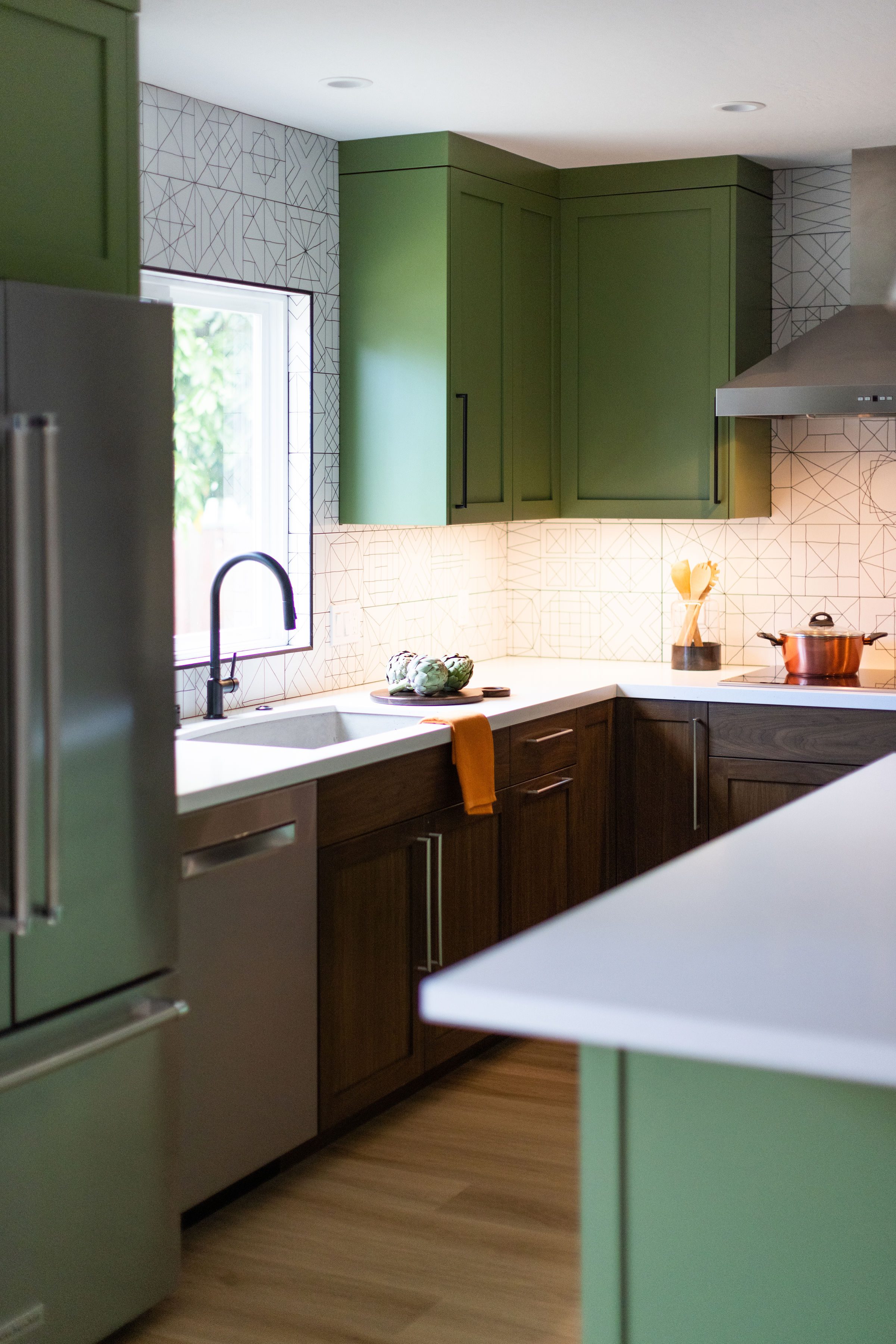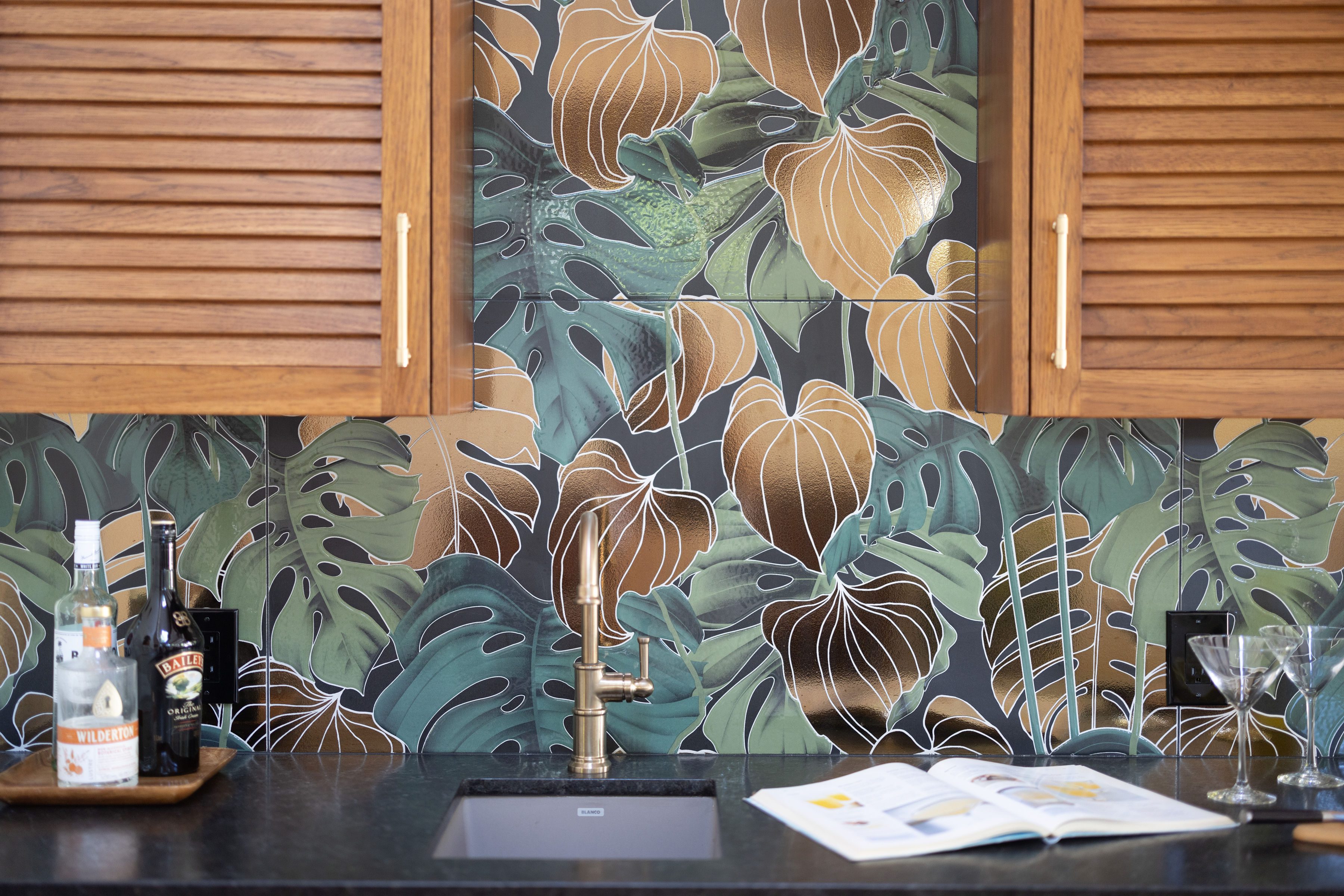Stay Ahead of the Curve with These Timeless Home Renovation Alternatives
When planning a home renovation, staying on trend is important, but so is making design choices that will stand the test of time. Some renovation trends that were once hot are now losing steam in 2025 and beyond. Whether you’re planning a major overhaul or minor updates, it’s essential to know what’s on the way out and what timeless alternatives you can choose instead.

1. The Decline of the Open Floor Plan
For years, open floor plans have dominated home renovation projects. While the idea of creating a large, communal space that flows seamlessly sounds appealing, many homeowners are discovering the downsides: lack of privacy, noise issues, and difficulty defining different functional areas.
Why It’s Outdated:
In today’s world, with more people working from home or requiring quiet spaces for various activities, open floor plans are less practical. Homeowners are realizing the need for designated spaces, leading to a demand for more enclosed rooms.
Alternative:
Consider partial walls or glass partitions to maintain a sense of openness while still providing structure and privacy. Creating functional zones with distinct purposes will allow you to enjoy both openness and separation.

2. All-White or Neutral Interiors Are Fading
All-white kitchens and neutral-toned interiors were once the epitome of sleek, modern design. However, the trend is beginning to feel sterile and uninviting. Homeowners are increasingly leaning toward spaces that feel cozy and personalized.
Why It’s Outdated:
While neutral colors are easy to work with, they often lack the warmth and character that homeowners now seek. Additionally, maintaining pristine white surfaces can be a hassle in the long run, especially in high-traffic areas like the kitchen.
Alternative:
Bold, rich colors are making a comeback, particularly earth tones and deep greens or blues. Incorporate natural wood tones, stone finishes, or textured elements for a warmer, more welcoming feel. These designs bring depth and life to spaces while remaining timeless.

3. Minimalism Is Losing Ground
Minimalism, with its “less is more” approach, has been popular for some time. While it promotes clean lines and clutter-free spaces, it often results in interiors that feel cold or impersonal.
Why It’s Outdated:
The stark, minimalist aesthetic can leave rooms feeling lifeless, and many homeowners are now seeking a balance between simplicity and character. With a shift toward sustainability and personalized living spaces, people want homes that tell a story rather than a strictly functional design.
Alternative:
Enter the rise of maximalism and layered designs. While you don’t have to go overboard, mixing textures, patterns, and personal touches can give your home a more inviting and lived-in feel. Layering different design elements adds visual interest while allowing for self-expression.

4. Matching Kitchen Cabinets and Countertops
Perfectly matching cabinets and countertops in monochromatic designs are no longer the gold standard. While cohesive designs were once key, they now risk feeling uninspired.
Why It’s Outdated:
A matching kitchen can lack dimension, making the space feel flat or bland. With homeowners looking for ways to add unique character, identical finishes on cabinets and countertops no longer cut it.
Alternative:
Mixing materials and colors is the new go-to for modern kitchen design. Consider contrasting cabinet colors with your countertop material to add depth and visual interest. For example, pairing dark lower cabinets with lighter uppers or using natural stone against painted surfaces can create a more dynamic and timeless space.

5. Overly Industrial Aesthetic
Industrial design was once all the rage with its exposed pipes, concrete floors, and metal finishes. But as homes become more personal and comfortable, the stark, utilitarian look of industrial spaces is becoming less desirable.
Why It’s Outdated:
The industrial trend can make a home feel cold and unfinished. As people spend more time in their homes, comfort and warmth are now top priorities.
Alternative:
Opt for a modern rustic approach, blending industrial elements with warmer, natural materials like wood, stone, and soft textiles. By softening the hard edges of industrial design, you’ll create a more balanced, comfortable space that remains stylish.
How to Ensure Your Renovation Ages Well
The key to a timeless renovation lies in striking a balance between current trends and classic design principles. While it’s fun to embrace new styles, it’s wise to focus on long-lasting features that reflect your personal tastes and provide comfort. Choose materials and layouts that offer flexibility and adaptability to ensure your home continues to feel fresh for years to come.
By avoiding outdated renovation trends in 2025 and opting for designs that focus on function, warmth, and personality, you can ensure your home remains a stylish sanctuary for the long term. To learn more about how you can tackle a remodeling project and design a space that feels personal and functional, don’t hesitate to reach out to the Next Stage team!


